Category — Features
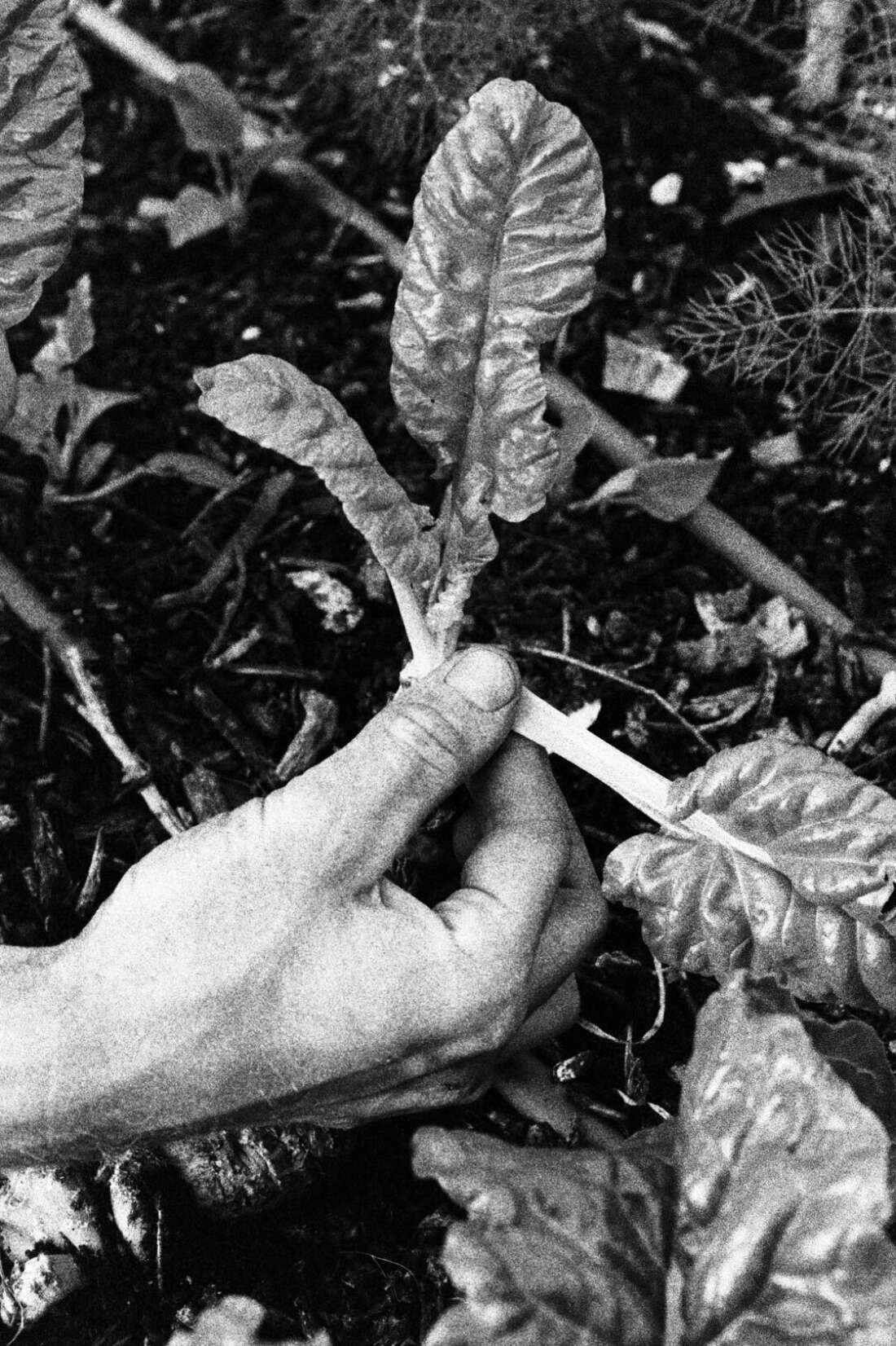
Harvest
Did you know you can harvest one lettuce or celery plant for months? By knowing and using best practice harvesting methods, you are able to increase the amount of food (yield) that you harvest from the same plant.
When harvested incorrectly, the production of many plants can plummet, but if harvested correctly, production can increase. Below are a few basic tips to harvest in ways that get the most from your plants.
Harvest neatly
Plants want to look and feel beautiful like we do, and for this reason, we must treat them with respect when we harvest them. When you are harvesting leaves or fruits from a plant, don’t rip them off, remove them cleanly with secateurs from where they connect to the stem. When we remove leaves from plants we are momentarily wounding them and we want to do everything we can to encourage their healing. If you don’t harvest cleanly the plant is more susceptible to infection.
Many people harvest only the tips of the leaves from their spinach and leave a stubble of stems that slugs and snails later make their homes in. Plants do not like their leaves being half removed. If you are going to take it, take it all. Also, you are not a cow.
Harvest regularly
If you have planted a vegetable seedling, that plant is not there to be an ornamental plant for you to look at to remind you how clever you are. It’s there to grow you food. So when it produces a lovely leaf, a bean, or a fruit. Harvest from it. When the kale leaf has reached its peak size, when the tomato has reached its full ripeness, and when the bean has reached its prime tenderness, remove it from the plant and the plant will work to grow you more! Once mature; kale, spinach, silverbeet and chard can be harvested at least once, sometimes twice per week. Harvesting encourages new growth. Regular harvesting every day or two is especially important when growing climbing legumes such as beans and peas, as well as fruiting crops such as cucumbers, courgettes and tomatoes. If these crops are left attached to the plant, the plant will begin putting its energy into the production of seed, which is the final stage of many plants’ lives. Regular harvesting keeps them away from this state for as long as possible and ensures that we maximise the food potential of the plant.
Harvest early or late
The optimal time to harvest crops to ensure their finest storage quality is either early in the morning before the sun has hit the leaves or later in the afternoon / evening after the intensity of daylight and heat from the day is gone. If you have to harvest a leaf in the middle of the day, dunking these leaves immediately into a bath of cold water or showering them in it will take the heat out of the leaves and stop them from going droopy. It is beneficial to do this practice regardless of the time of day. Washing is important even in an organic vegetable garden. It is also important to dry off your harvest if you want to store it in the fridge for later.
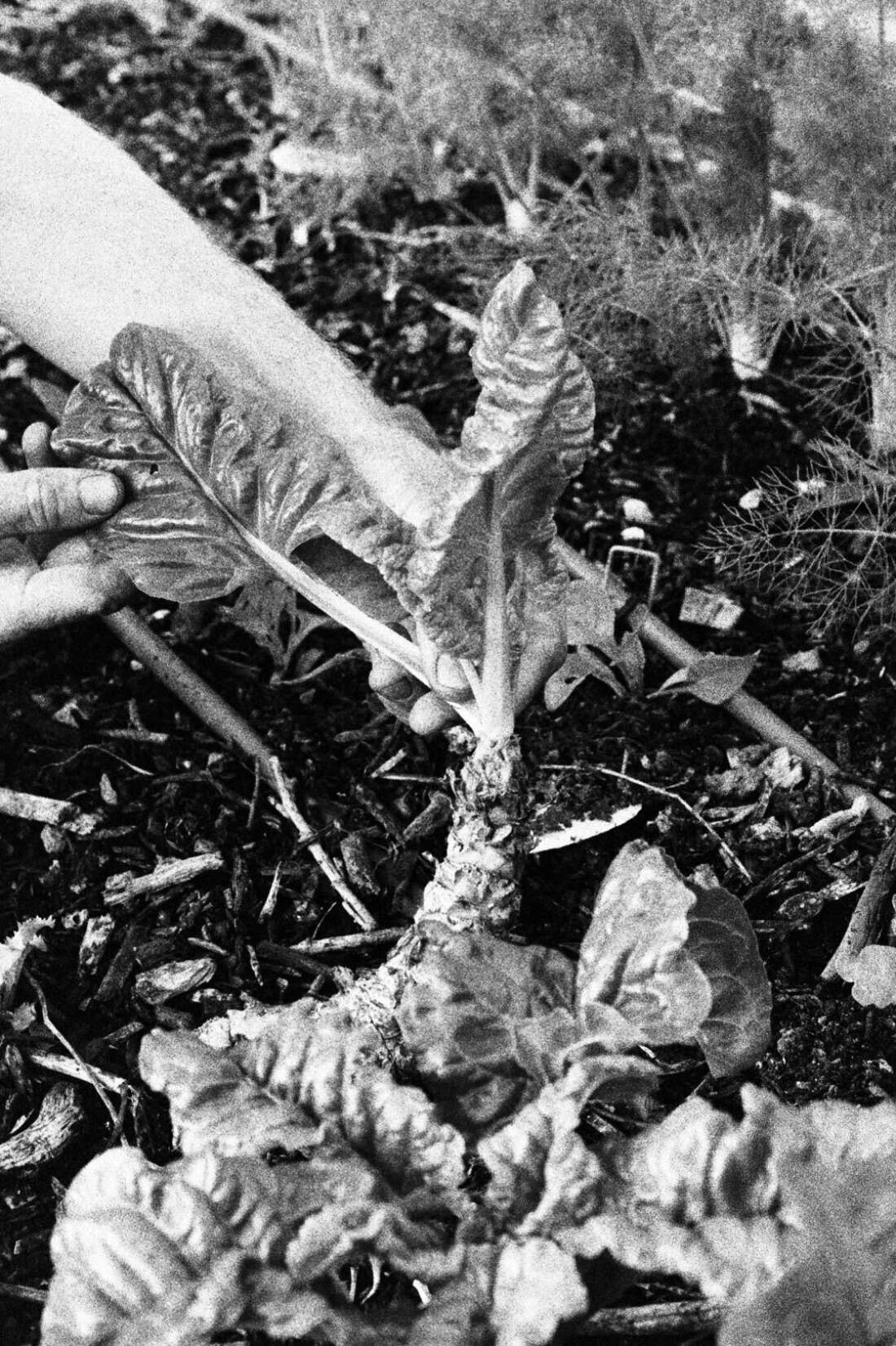
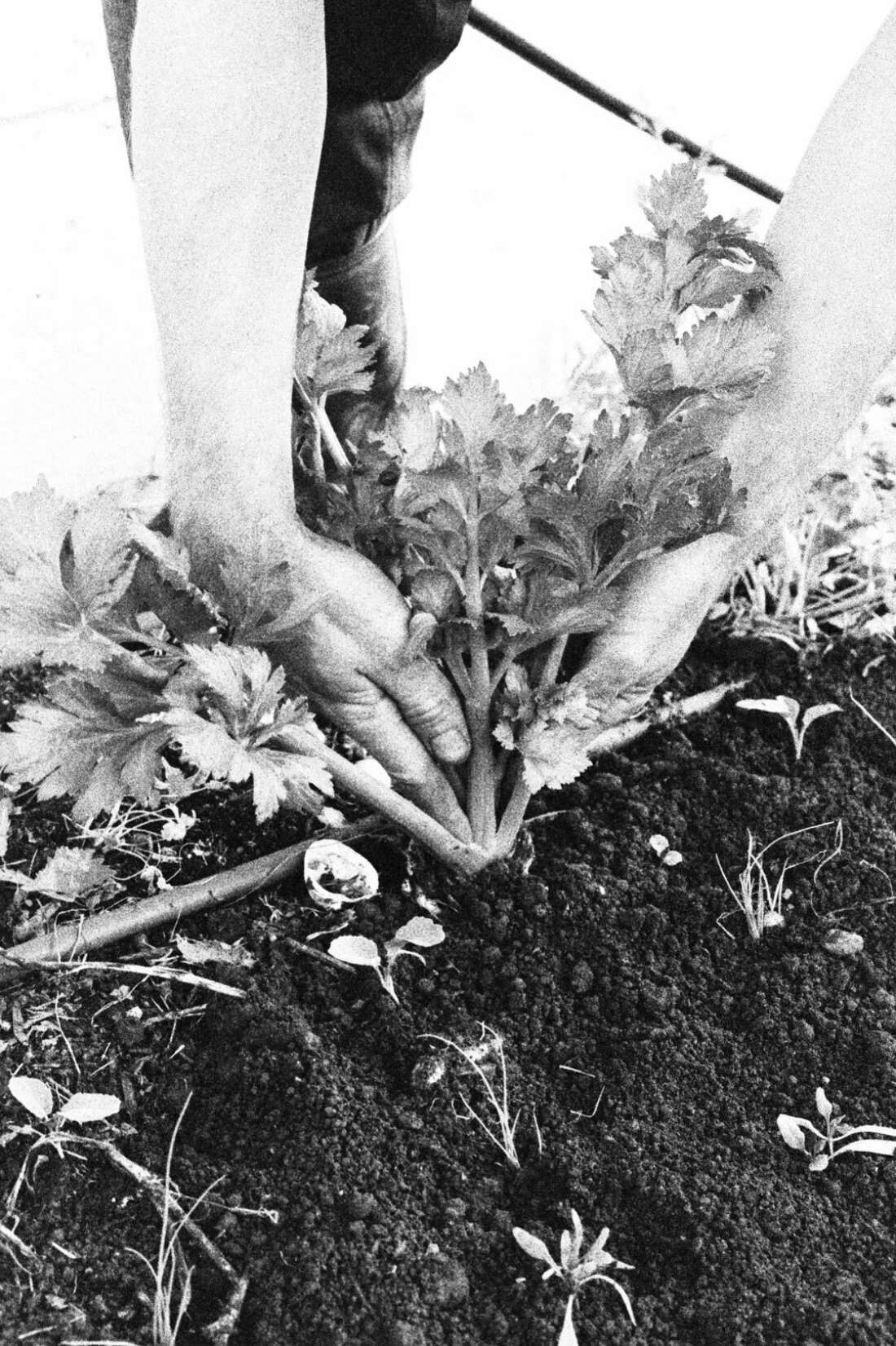
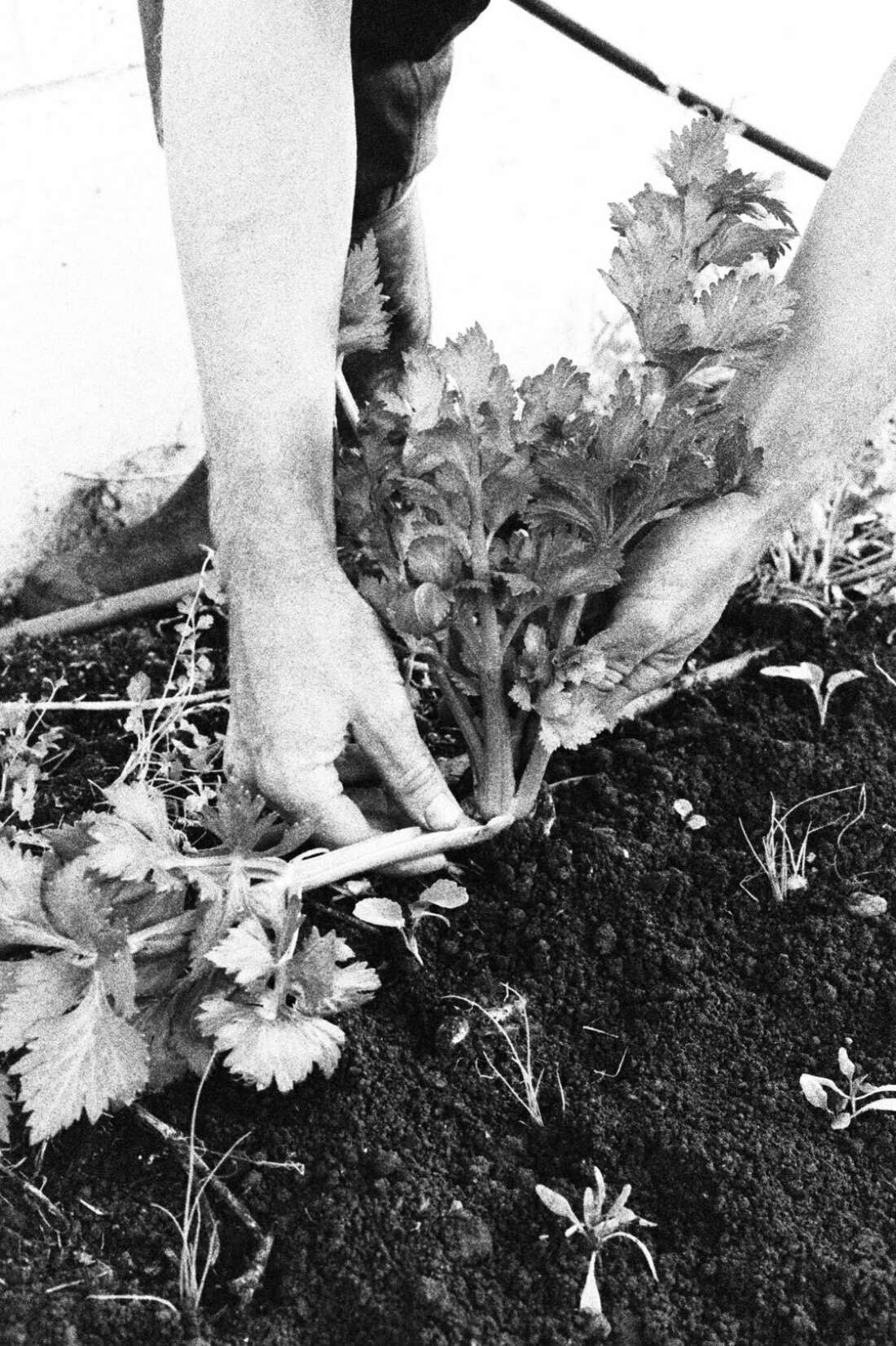
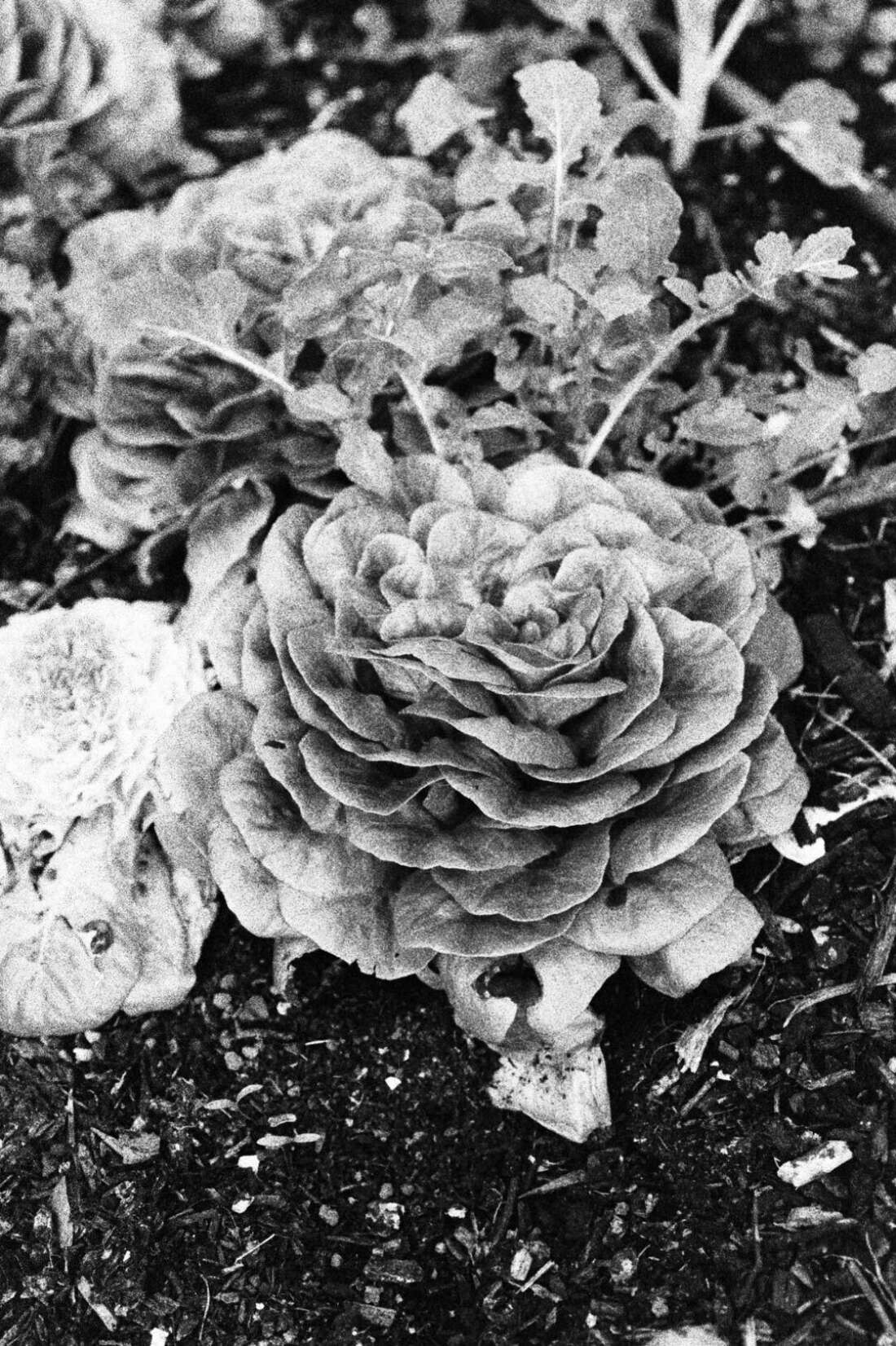
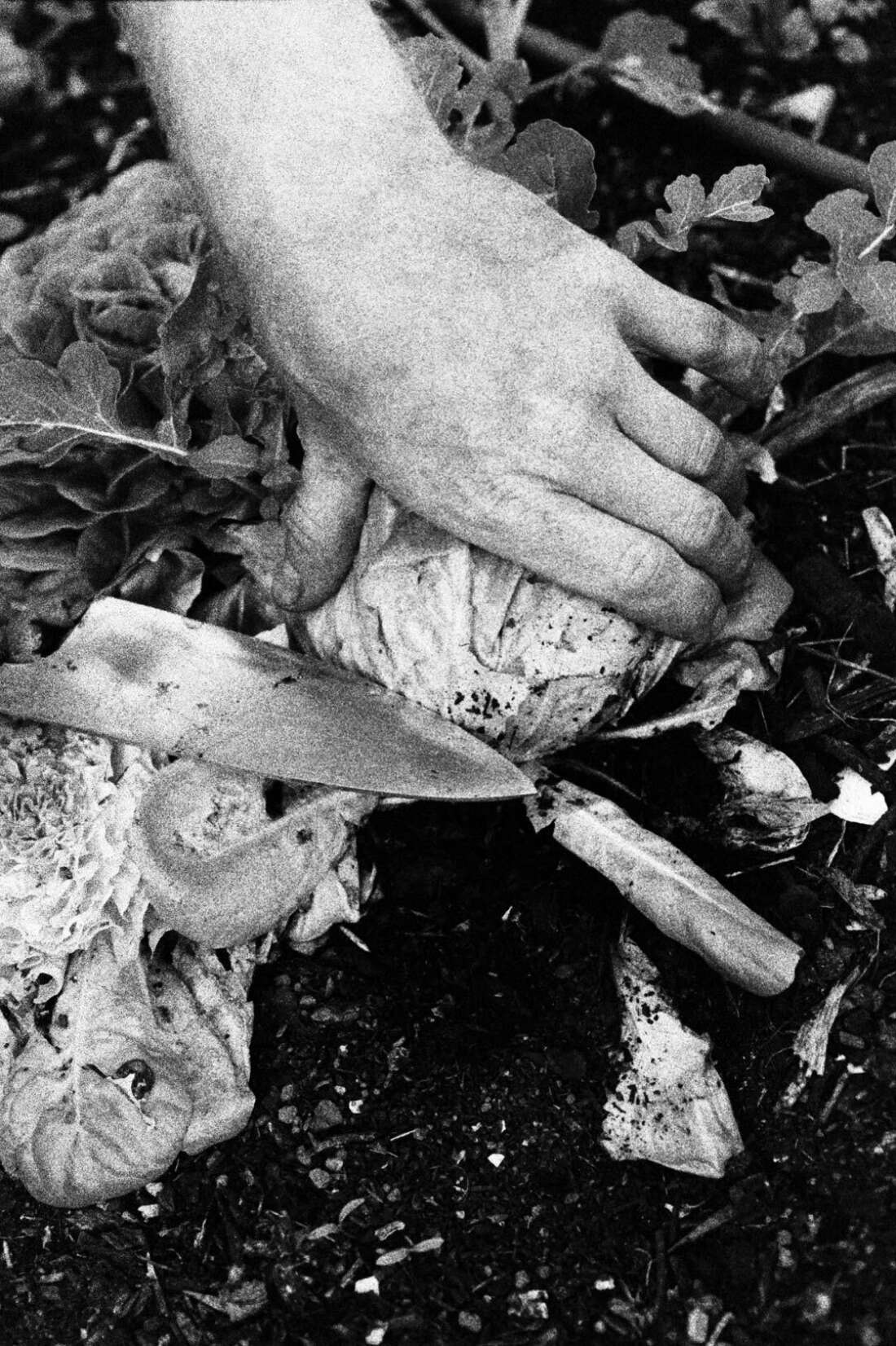
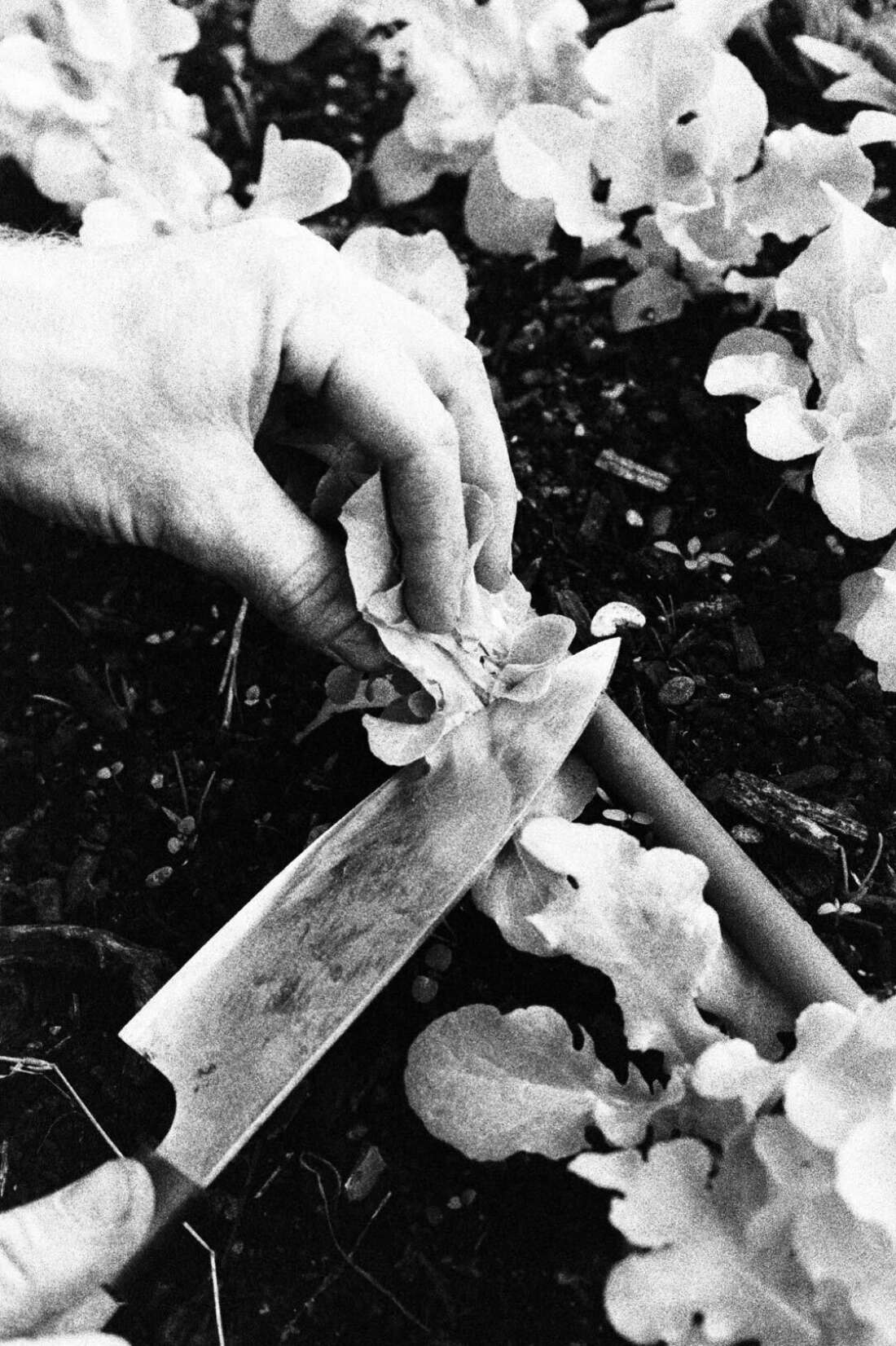
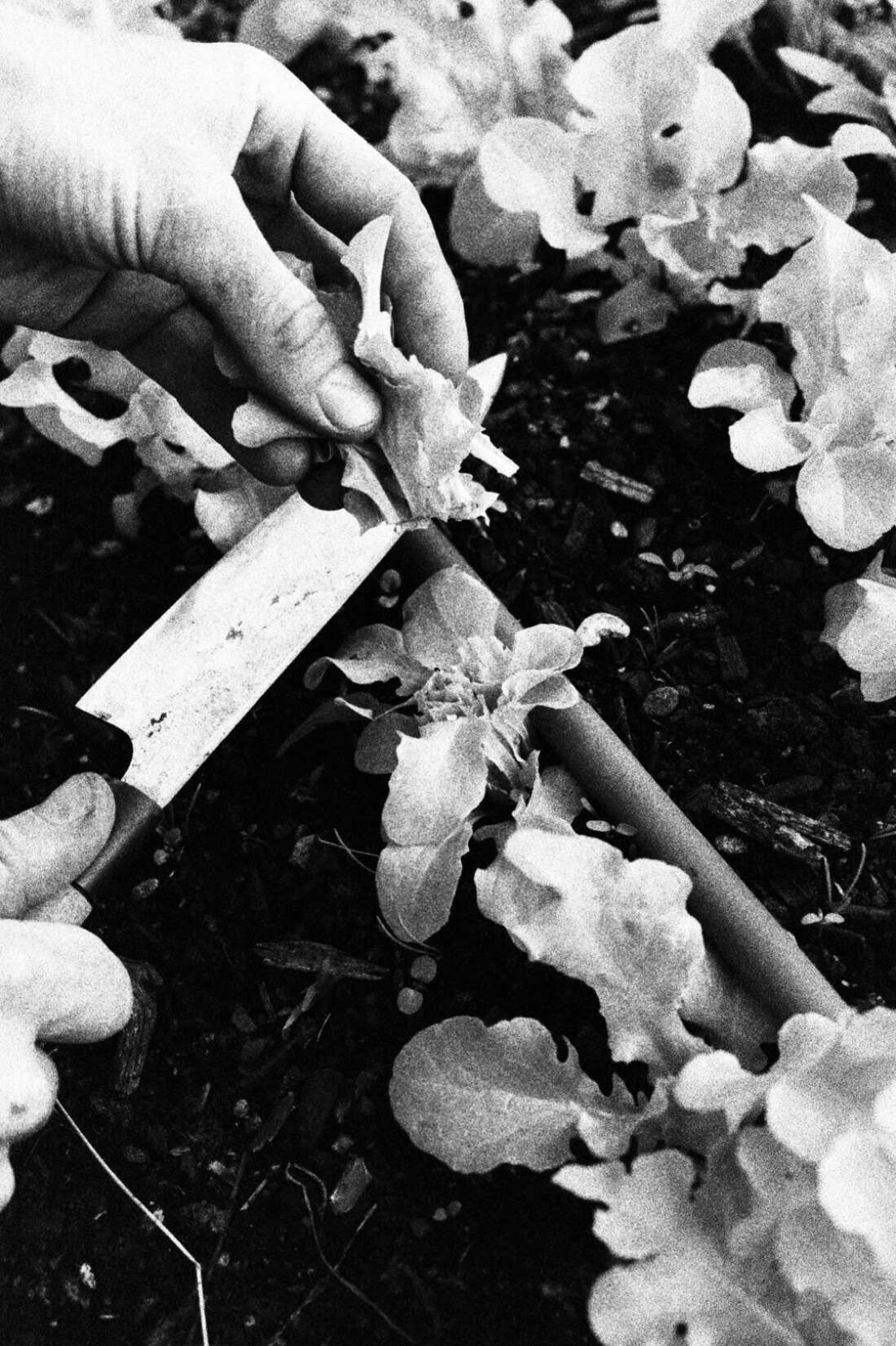
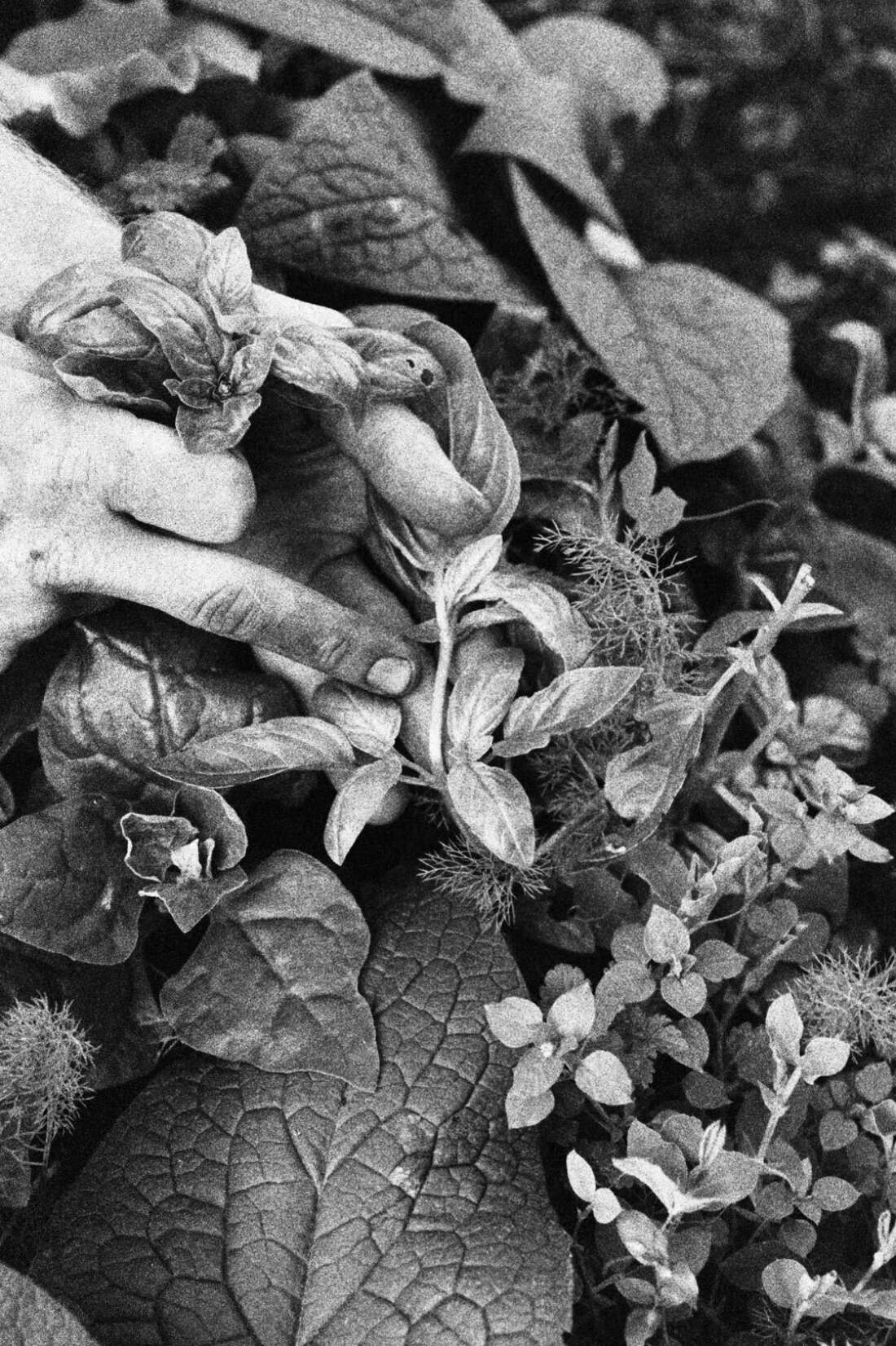
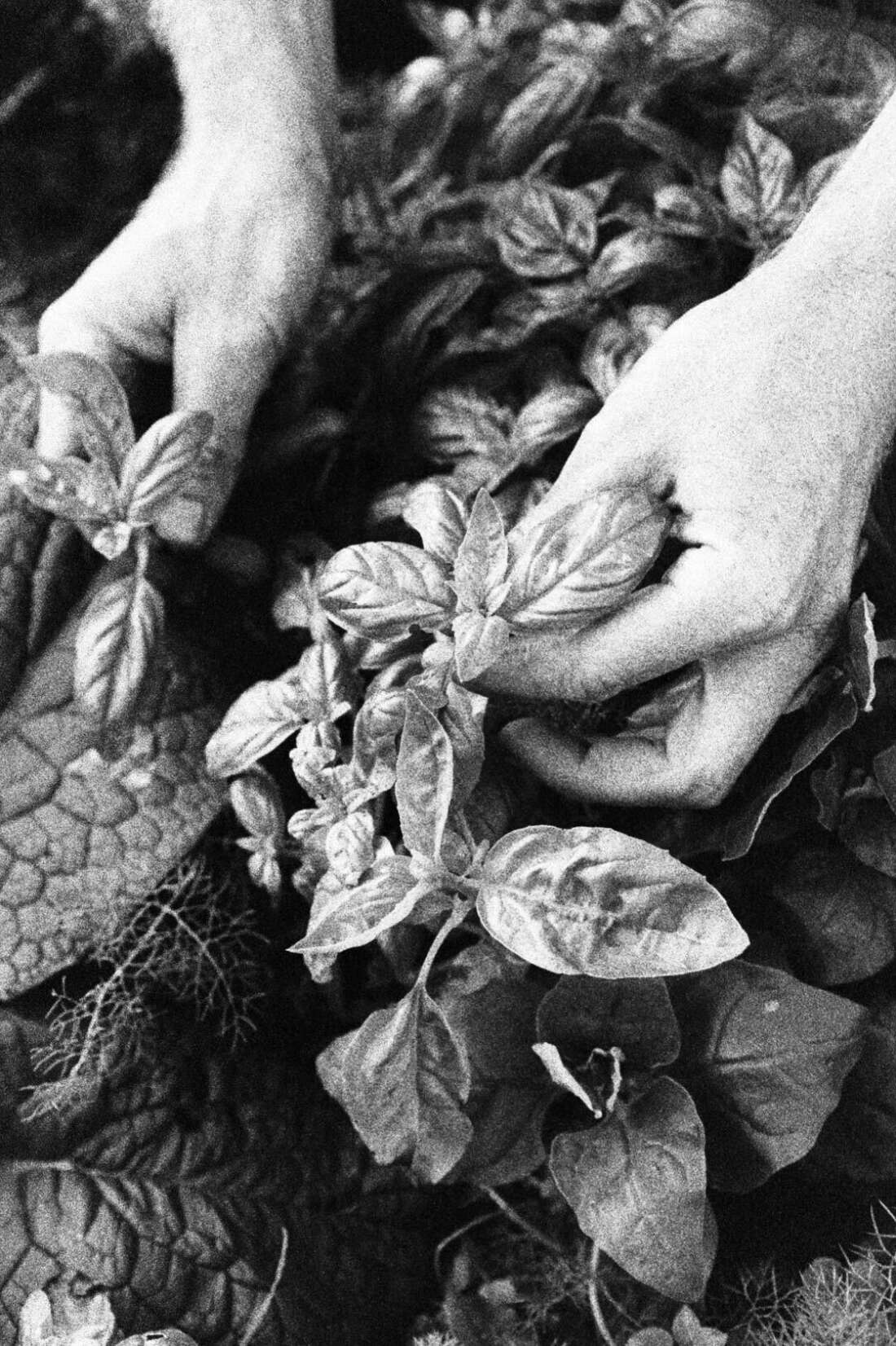
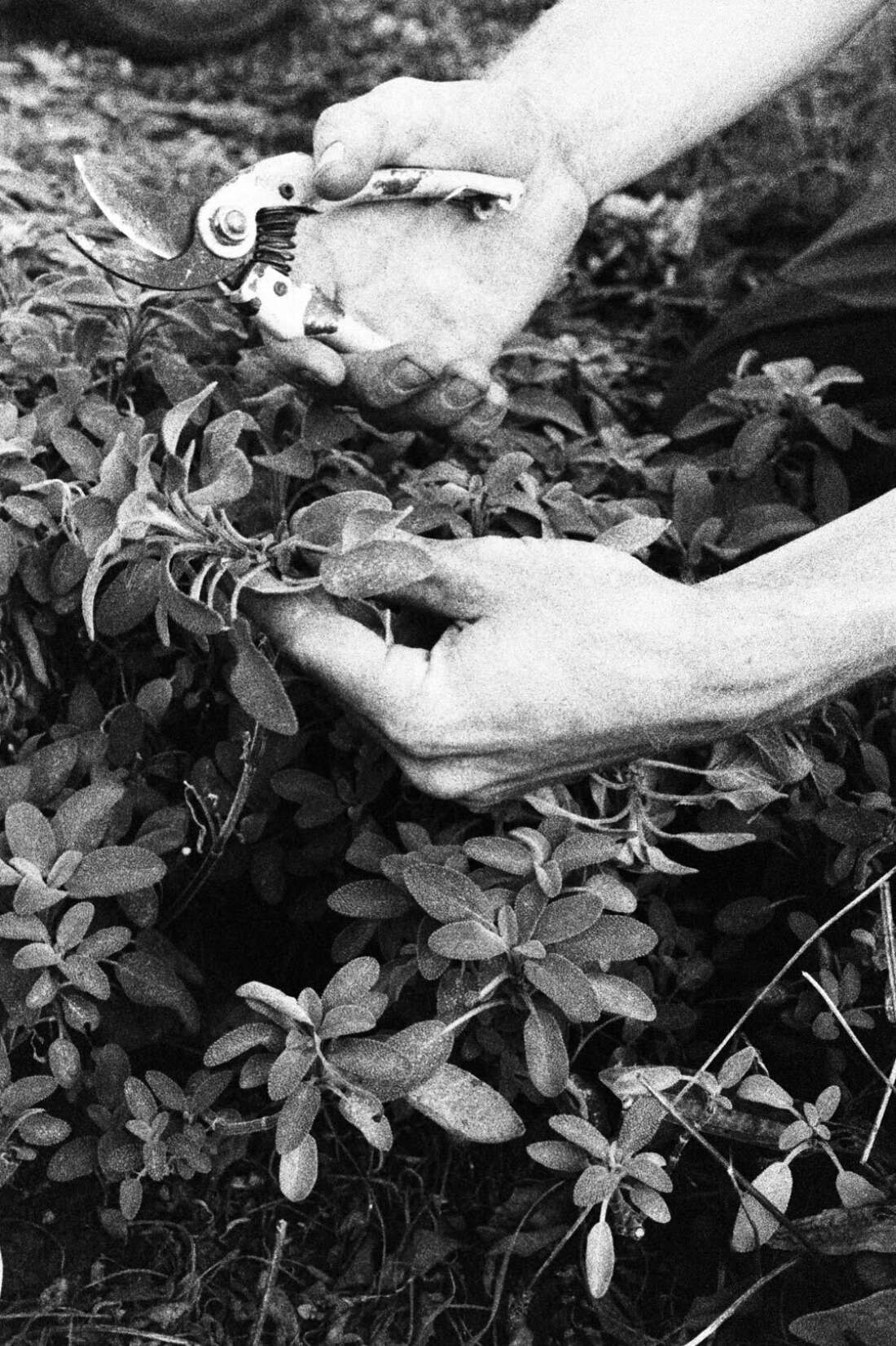
Specifics
Hearty greens – celery, spinach, chard, mustard, kale etc
These crops all produce leaves from the centre of their stem. It is crucial that we always harvest from the outside leaves. If the outside leaves are broken, rotten, or being seriously eaten by bugs, remove them until you get to the nice ones. Do not leave the plant sitting there with any kind of decay on its leaves and most importantly don’t harvest the baby leaves! Most of these plants can be stripped right down to have only 3 or 4 leaves left.
Baby greens – “cut and come again” mizuna, certain varieties of lettuce, rocket etc
The trick to multiple harvests from these crops is all about making your first cut at the right time and the right height. Before you do your first harvest, the plant must have established itself enough to bounce back from the stress of having half of its leaves removed. This means not chopping the leaves when they are too small. 20cm minimum is generally a good guide. The second most important factor is to leave 2 or 3 baby leaves below your cut line because these leaves are your next harvest.
Bulbing greens – fennel, cabbage, chicory, pak choy etc
If you chop these plants right at the very base of the bulb you are harvesting you will most often be blessed with regrowth. Florence fennel and cabbage will produce a handful more baby bulbs and cabbages after the main harvest. The regrowth on pak choy and chicory will produce more tender leaves for you to enjoy for many more meals.
Hardy herbs – mint, sage, thyme etc
Harvest only the growing tips from herbs. This will encourage the plant to produce side shoots and become bushy, producing more for you.
Petite herbs – coriander, basil, dill, rocket etc
Make sure to harvest these early in the morning or late in the evening and try not to wash them. You can either pick off individual leaves and growing tips, or pull the whole plant out of the ground roots and all. Keep the roots in water and your herbs will stay fresh for a long time. If you are pulling the roots out, be sure to shake all of the soil off the root ball and put that back into the ground because it holds billions of beneficial microbes that the plant has been feeding throughout its life. With basil, harvesting the tips not only makes the plant more bushy, it prevents it from flowering as soon and going to seed.
There are many, many more tips and techniques when it comes to harvesting, especially when it comes to storage crops (kumara, potato, onion etc). This article only covers the basic principles and a few tips. If there is something specific you want to know, google and youtube hold an abundance of knowledge. You can also direct message me on Instagram @insta_abundance or @omg_akl with harvest questions.
Happy harvesting.
By Levi Brinsdon-Hall. Photography: Joshua Harvey